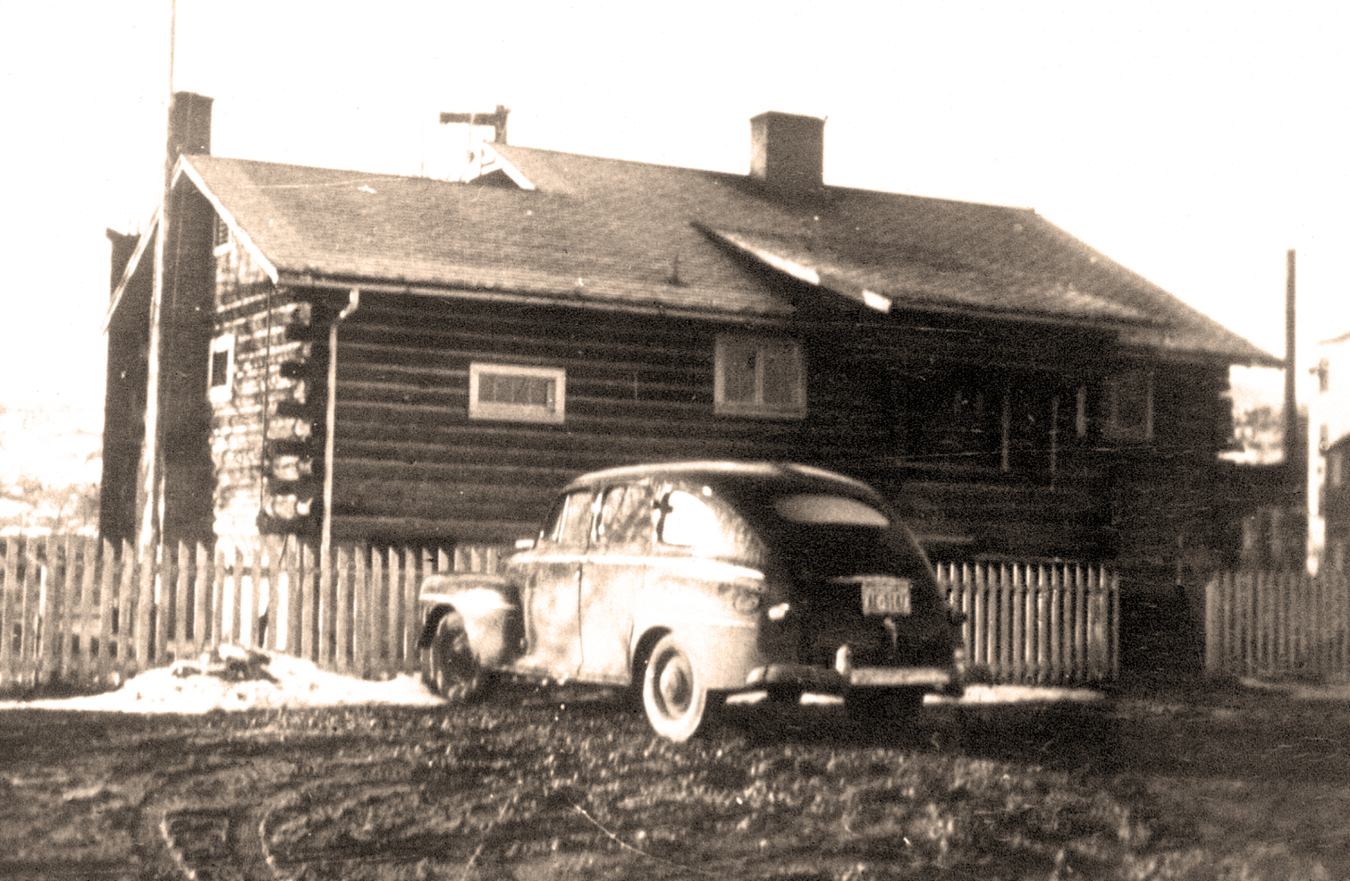The DOE Grand Junction, Colorado, Office announces its one-year listing on the National Register of Historic Places.
August 10, 2017
July 26, 2017, marked the one-year anniversary for the U.S. Department of Energy (DOE) Grand Junction, Colorado, Office (GJO) listing on the National Register of Historic Places, in recognition of the site’s important, historical roles in the Manhattan Project and the Cold War.
GJO has operated continuously since it was established in 1943 as the Colorado Area Office for the U.S. Army Corps of Engineers Manhattan Engineer District (MED). Its original mission was to refine uranium to fuel atomic bombs during World War II. Approximately 14.2 percent of the uranium used by the Manhattan Project was from Colorado Plateau ore. The uranium was concentrated into uranium oxide, or “yellow cake,” in Grand Junction then shipped by rail to other refineries for further processing.
When MED’s mission ended, the Grand Junction facility became the principal U.S. Atomic Energy Commission (AEC) office for acquiring and exploring domestic uranium sources for nuclear weapons production during the Cold War. The facility later housed program operations for National Uranium Resources Evaluation; Uranium Mill Tailings Radiation Control Act (UMTRCA) sites; vicinity properties cleanup; decontamination and decommissioning activities; and, since 1985, for long-term surveillance and maintenance of legacy sites.
In 2001, DOE transferred 46 acres of the original 55.71-acre GJO site to Riverview Technology Corporation (RTC), a business-development nonprofit sponsored by Mesa County and the City of Grand Junction. DOE still works from the site, leasing office facilities from RTC.
A log cabin that served as the refinery office in 1943 is slated to be given new life as the Grand Junction Atomic Legacy Learning Center (GJALLC). Plans to renovate the log cabin into a public engagement center began in 2015. The center will be used for hosting school tour groups, showcasing interpretive displays, and providing a meeting space/classroom for presentations and rotating exhibits.
GJALLC is scheduled to open to the public in 2018. The log cabin is currently undergoing abatement. Facility and exhibit designs are being coordinated with RTC. The State Historical Preservation Office, the Museums of Western Colorado, and the City of Grand Junction Historic Preservation Board were briefed on the facility design and have provided positive feedback.

